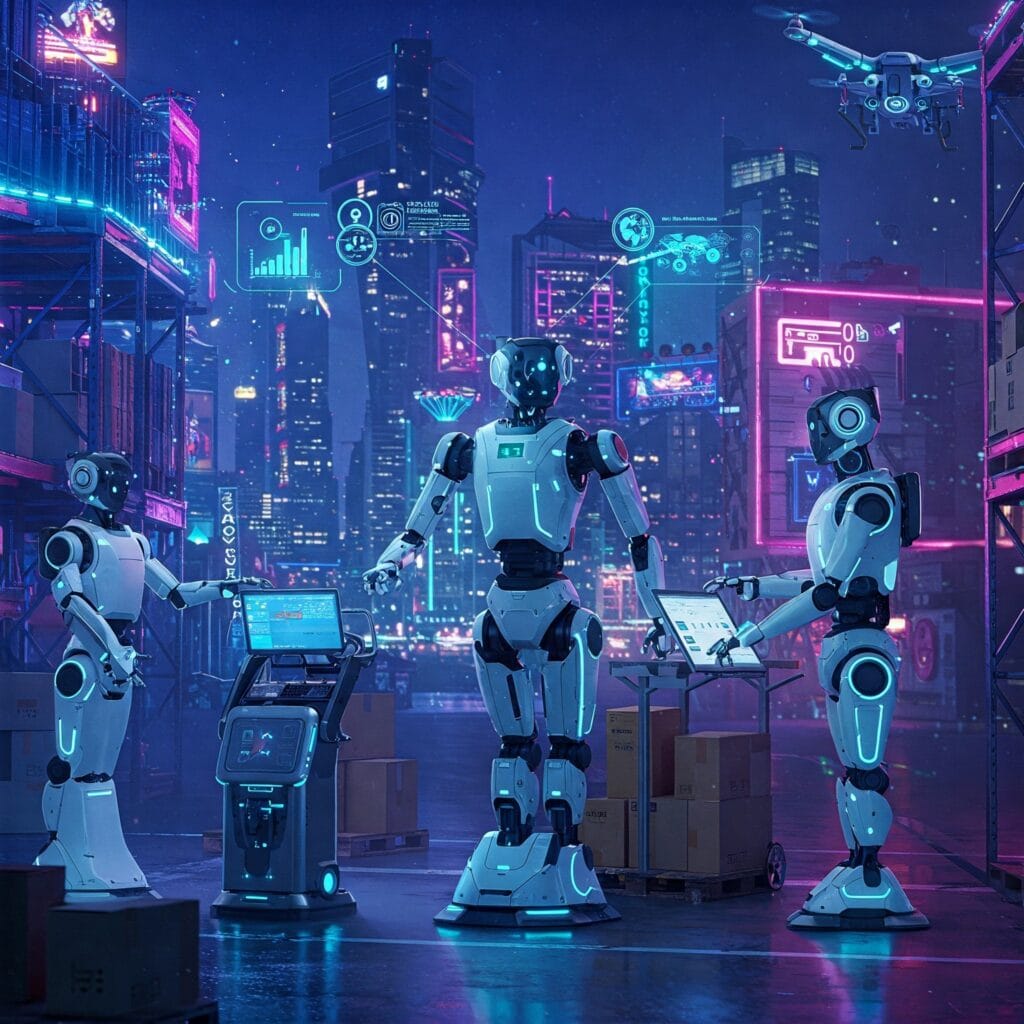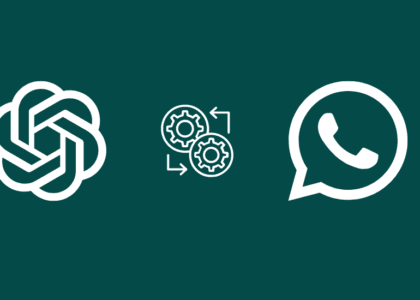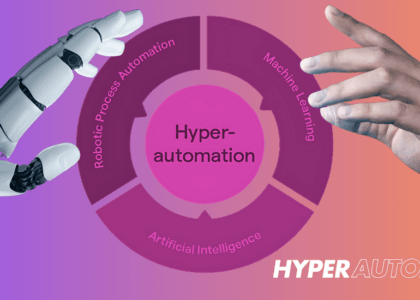RPA is redefining operational efficiency across industries and 2025 is shaping up to be a big year with AI integration, hyperautomation and cloud scalability. Here’s what’s new:
Market Growth and Financial Impact
The global RPA market is growing fast and is expected to reach $5.07 billion by 2026 at 18.8% CAGR while cloud robotics (a key RPA enabler) is expected to hit $39.07 billion by 2029. Ashok Leyland has already seen transformational results, reducing invoice processing costs by 75% and payment cycles by 60% using AI powered RPA. Hyperautomation can unlock €3 billion in productivity gains for healthcare sector.
Top RPA Tools Leading Innovation
- Automation Anywhere: With AI driven NLP and cloud native architecture, its marketplace now has over 1,000 pre-built automation components for rapid deployment.
- WorkFusion RPA Express Pro: For complex workflows, it integrates process mining and real-time analytics to adapt to dynamic business environments.
- NICE CXone: For customer journey orchestration, its NEVA AI assistant is a “workforce multiplier” for contact centers and resolves 40% of queries autonomously.
2025 Trends
- Intelligent Automation: Combining RPA with AI/ML, bots can now handle unstructured data (e.g. invoices, emails) using cognitive document processing. Ashok Leyland’s system can validate supplier invoices without manual templates.
- RPA as a Service (RaaS): Subscription models like UiPath’s cloud platform reduces upfront costs by 30% and allows SMEs to adopt automation.
- Citizen Development: Low-code/no-code tools (e.g. UiPath StudioX) allows non-technical users to build bots and accelerate automation by 50%.
| Trend | Impact |
|---|---|
| Hyperautomation | End-to-end automation of 70% of business processes using RPA + AI + IoT |
| 5G and Edge Integration | Reduces bot latency by 90% for real-time manufacturing workflows |
| Digital Twins | Simulate RPA workflows to predict bottlenecks with 95% accuracy |
Industry-Specific Breakthroughs
Healthcare: Hyperautomation reduces patient onboarding time by 40%.
Finance: AI powered RPA bots detect fraud patterns in 2 seconds and reduce false positives by 25%.
Retail: Walmart uses NLP enabled bots to resolve 80% of vendor inquiries without human intervention.
2025 Imperatives
- Scalability: Cloud native RPA platforms (e.g. Microsoft Azure Automation) now support 10,000+ concurrent bots for global enterprises.
- Sustainability: ABB is using RPA to reduce energy consumption by 15% in smart factories.
- Regulatory Compliance: WorkFusion’s audit trails ensure GDPR adherence and reduces compliance costs by 20%.

Feature of RPA
What’s Next – Future of RPA
With RPA growth at 29.1% annually, the focus is now on democratizing automation through no-code tools and ethical AI frameworks. As logistics and public services adopt RaaS, expect 50% of Fortune 500 to operationalize hyperautomation by 2026. The future is bots that don’t just automate tasks but learn from them—enter the era of self-optimizing enterprises.





